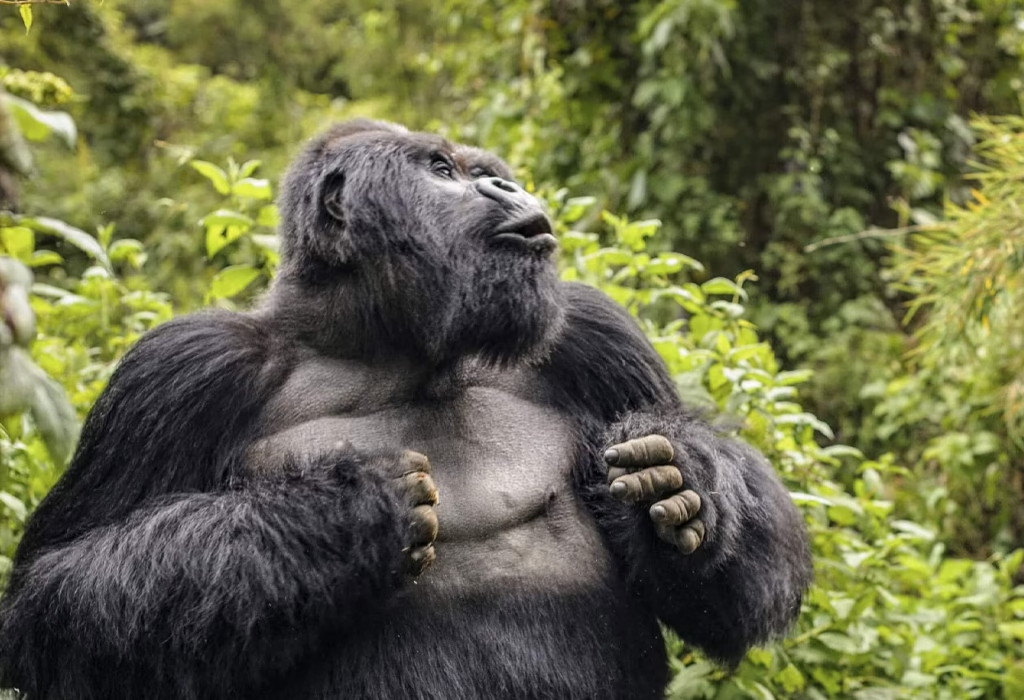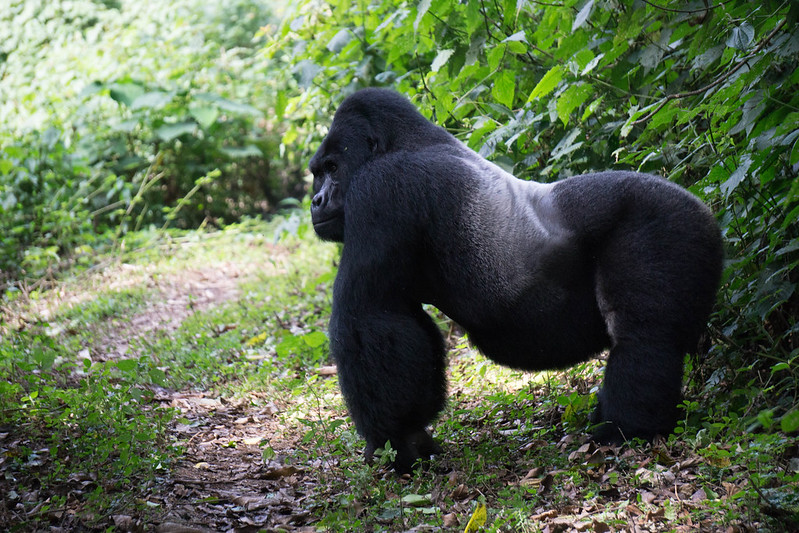
How Do Gorillas Communicate?
How do gorillas communicate?
Gorillas are the most intelligent and largest mammal species that are divided into Eastern and Western gorillas, of which mountain gorillas fall into the Eastern subspecies. However, travelers tend to ask this common question How do gorillas communicate The answer is ‘’YES.
Gorillas do communicate in various ways which include facial expressions, sounds, postures, and gestures. However, gorillas are known to make over 22 distinct sounds to communicate different feelings, from playful chuckling to frightened screams as well as belches of contentment.
Ways of Communication in Gorillas.
Vocalization
However, gorillas are inhabitants of forested areas where family members often cannot meet each other; thus, they use mainly vocalization as a means of communication. More so, gorilla offers about 25 distinct vocalizations, and each has a different meaning. The most communicative in the group is their leader, known as silverbacks.
When travelling, grunts and barks are the most uncommon sounds used. Since they just produce to indicate the whereabouts of other members of the group. The group members can recognize each other from these sounds.
Another way to use these grunts and barks can be used especially when discipline is needed. Roars and screams signal alarm and are sounds produced by the dominant silverback.
There are also deep sounds known as rumbling belches which are heard frequently during feeding and resting moments.
Baby Mountain gorillas, for them, can attract their mother’s attention to their needs through whispering, crying, and screaming.
When gorillas find a highly preferred food, this makes them hum or sing around. And during this time usually involves in several individuals.
Facial expression
Just know that gorillas’ emotions can also be communicated through facial expression. Just like you may be able to read a person’s mood by their expressions. Another way of communication in gorillas is the distinctive expression of their play face. Their play expressions comprise an open mouth with a low, low-hanging bottom lip and no teeth showing. The play face is commonly shown by juveniles and often paired with the ape’s equivalent of laughter.
Young gorillas have a system of play tags, and gorillas are considered a sign of hostility.
Sometimes gorillas communicate in a couple of different ways by showing their teeth. They can also have bare teeth where the mount is open and both rows of teeth are showing.
They also use a sign of submission and thought to be tied to the origins of humans’ smiling. This thought happens in a context where a dominant silver ‘’male gorilla’’ can be distressed or anxious. They can serve as an award sign.
Chest beat
They also use chest beat as a way of communication. It’s done by beating the chest with open hands and Males have large air sacs, which are located in their chest, to help carry the sound over long distances.
In other words, gorillas’ senses resemble those of humans. When they are communicating, they use senses with conspecifics. Not only seeing and hearing but also smelling and touching.
In times of danger, they emit a very specific scent which can be smelled in meters. Then, after he will have to alerted other gorilla families without making any kind of noise.
Can gorillas communicate with humans?
Generally, gorillas can learn to sign and can communicate with humans. However, gorilla trekking activity in Uganda can be conducted in two famous safari destinations, Bwindi Impenetrable Forest National Park and Mgahinga Gorilla National Park, both lie in the southwestern region of Uganda. In Rwanda, gorilla trekking can be done in Volcanoes National Park. One to be able to trek gorillas of these countries Uganda and Rwanda, you need to hold a valid permit sold directly to the government body in each country.

